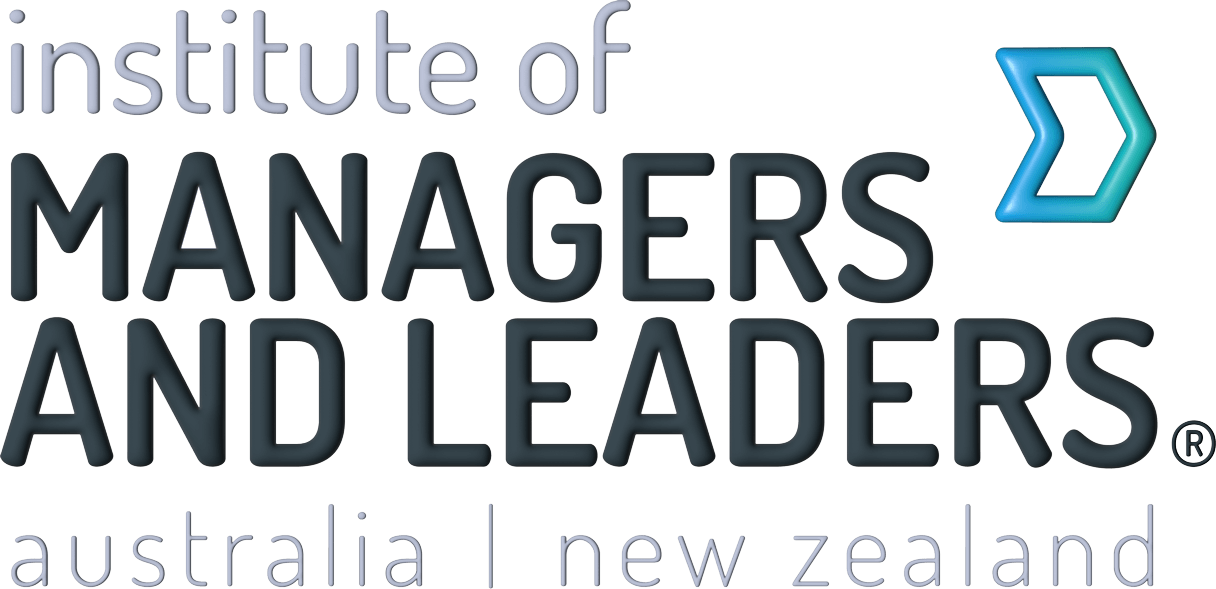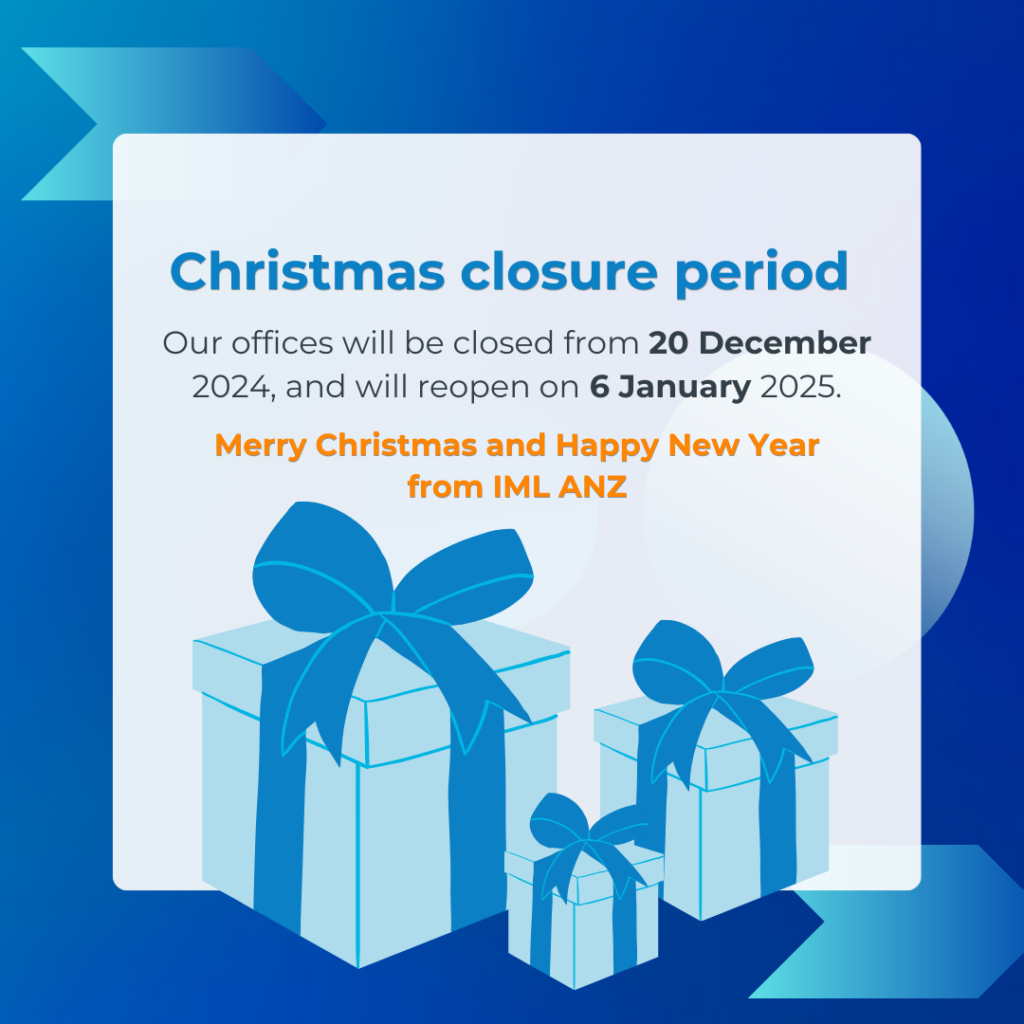Written by Sebastian Salicru
Organisations are known to invest heavily in leadership development. But in a rapidly changing world, are the traditional approaches paying off?
THE PROBLEM:
In a world of complexity, turbulence, high-velocity and continuous change, the context for leadership, as we know it, has been turned upside down. Recently, we have witnessed what I call the ‘three Ds’ of leadership – distrust, doubt and dissent. These are the outcomes when leaders fail to respond effectively to the changing context in which they must lead and the expectations of their stakeholders. Distrust and lack of engagement flag the need for leaders to rethink how to exercise leadership and engage their followers. Traditional leadership approaches no longer hold water. The briefest glance at the television news or daily newspaper paints a vivid picture of the global and local leadership crisis, with escalating trends and all-pervasive images to dismay even the most casual viewer. I would contend that data, facts and figures say far more than even a thousand words. Credible research at the forefront of contemporary thinking tells us that current investments in leadership may not be paying off:
- Only 13 per cent of employees worldwide are engaged at work (Gallup)
- 81 per cent of CEOs rate leadership development programs as less than highly effective (PwC 2015, Annual Global CEO Survey)
- Of 7500 business and HR leaders in over 100 countries, 55 per cent judge the return on investment (ROI) of their current leadership development as fair to very poor, and less than 20 per cent are confident they have the leaders they need to deliver on strategic priorities (Korn Ferry, 2015 Global and Regional Real World Leadership Report).
- Of 2200 global HR leaders, 86 per cent believe their organisation’s future depends on the effectiveness of their leadership pipelines, but only 13 per cent are confident in their succession plans, with 54 per cent reporting damage to their businesses due to talent shortages (Deloitte’s 2015 Global Human Capital Trends: Leading in the new world of work)
- Only 6 per cent of executives feel ‘very ready’ to meet their leadership needs in 2016 (Deloitte’s 2016 Global Human Capital Trends. The new organization)
- 86 per cent of the 1500 world’s foremost global experts believe that the world is currently experiencing a leadership crisis (World Economic Forum. Outlook on the Global Agenda 2015)
- Only 7 per cent of organisations feel they have a ‘Best in Class’ leadership development program (Harvard Business School Publishing. 2016 State of leadership development survey).
Meanwhile, in Australia, research conducted in 2016 by the Centre for Workplace Leadership, University of Melbourne revealed 75 per cent of employees needed better managers and leaders. Gallup estimates the cost of the resulting lack of engagement is $54.8 billion a year. This precarious state of affairs exists despite the fact that organisations invest heavily in preparing their leaders. The 2016 Harvard Business Review article ‘Why leadership training fails – and what to do about it’, describes this growing multibillion dollar leadership development industry as failing to deliver results and asserts that corporations have become victims of “the great training robbery”. You don’t have to be a rocket scientist to know that urgent change is required.
“This precarious state of affairs exists despite the fact that organisations invest heavily in preparing their leaders.”
My research identifies that the following practices will create adaptive leaders and high-performing organisations and deliver leadership results:
- Painting a clear picture
Keep it clear and simple – this encourages people to adapt to change and act. In times of uncertainty, people want to know: what’s the story? Effective leaders are adept at painting a clear picture through storytelling and can help others to interpret and respond positively to change. - Build leadership capability
Traditional leadership approaches mistake management, authority and power with leadership, which involves exercising influence, whether you are in a position of power and authority or not. Traditional approaches to leadership development are individual-centred only. They confuse ‘leader’ development with ‘leadership’ development. Leadership development historically has focused on enhancing the knowledge, skills and abilities of those holding senior managerial positions only. This focus needs to expand to improve the leadership capacity of the whole organisation, and to develop and improve the relationships and collaboration that knit all units, departments, and networks together. - Move beyond competencies
Competency models emerged in the 1970s as a way of codifying the required behaviour for particular leadership positions. They drew on past successes by identifying relevant and effective behaviour as opposed to examining mindsets needed for the future. A more holistic and integrated approach to leadership development is required that addresses the many (less visible) mental, emotional, and psychological processes that often determine behaviour. The solution is moving towards using ‘adaptive’ or ‘meta-competencies’ – the sets of knowledge, skills and aptitudes that underpin or allow for the development of other competencies, especially those that people will need in the unpredictable future. Meta-competencies enable learning, adapting, anticipating and creating change. Both self-leadership (personal mastery) and leadership development require going beyond competencies, though they are grounded in competence and skills. Developing character is the key to effective leadership and, given that leadership is a relationship between people, leadership effectiveness is related to everyone’s efforts to create positive relationships in the organisation. Kevin Cashman, CEO at Korn Ferry, explains that “competencies get us to the doorway of leadership, but character gets us through the doorway of leadership. Managers tend to control resources to get results, but leaders exert character to build a sustainable future.” - Focus on creative thinking and innovation
Modern organisations need to innovate continuously to ensure their long-term survival and success. Leadership is the precursor of all innovation. Strategically, leaders establish work environments that are conducive to creative thinking and innovation, which in turn leads to a competitive advantage. - Conduct impact evaluations
Evaluation is an important component of the leadership development process itself with three main benefits: extending the reflective dimension of the program by inviting participants to consider the value of the experience and how they apply it; gathering valuable suggestions for improvements to the programs; and fostering employee engagement and loyalty.
THE SOLUTION:
Collective leadership involves all employees and means that everyone is responsible for the team or organisation’s success and not just for their individual role. This means leadership is distributed, rather than being centred on a few individuals in formal positions of authority. The broad distribution of responsibilities is naturally more inclusive, as it involves all participants, which makes collective leadership more effective than individual leadership.
This approach to leadership offers each individual voice in the organisation. This, in turn, empowers people, who then feel more valued, trusted and heard. In this way, everyone’s interaction and effort at every level drives performance and shapes the culture of the organisation.
Collective leadership is relational rather than hierarchical. It enables everyone to be active in leadership roles as it flattens workplace structures. Giving people more responsibility also means allowing them to be more accountable, take risks, make mistakes and learn from them. This can allow individuals to be more accountable and empowered, making them more committed, engaged, creative and innovative. In this context, leaders become mentors, supporting each other to achieve an organisation’s collective goals and outcomes.
Years of traditional leadership have resulted in systems that value hierarchy, status, authority and control. The move to collective leadership requires change not only at a leadership and cultural level, but also at an individual level. The challenge in shifting to collective leadership is that people are not used to having a voice. Instead, they are used to a dependency created by the pervasive ‘leader–follower’ paradigm. Dependence on a leader does have some clear implications, even though influential leadership can wean followers off their dependence. First, it implies that the followers or subordinates have limited ability to make decisions and get work done without guidance or permission. This results in hesitation, employees who feel vulnerable and threatened by change, and substandard decision making, which produces less than desirable results and decreased productivity. Psychologically, this means the subordinates’ self-esteem and motivation depends on receiving recognition and approval from their leader.
As William James (1842–1910), a philosopher considered one of the fathers of psychology, said: “The deepest principle of human nature is the craving to be appreciated”. Leadership dependency creates this craving and keeps individuals in a cycle of looking for recognition from places beyond their control. This often leads to dissatisfaction, powerlessness and anxiety.
Second, it means that for leadership to succeed, the followers must idolise their leaders, often as authority figures, attribute to them unrealistic qualities and create unrealistic expectations of them. In turn, leaders on pedestals can be pressured by the need to always be correct and can become overly defensive to criticism.
“Collective leadership means each individual has a voice in the organisation.”
Finally, dependence stifles followers’ creativity and kills any chance of them offering innovations. Traditional leadership patterns rely on control, obedience and conformity. Followers who dare not depart from their leader’s ideas are not engaged in their own creative processes.
Empowerment, on the other hand, is about providing others with autonomy and independence. This occurs when people feel valued for their experience, potential and contribution. Empowered individuals are motivated, believe in their ability to perform successfully and are also more creative. Collective leadership allows individuals to develop their own abilities and independent thinking skills, which builds collective social identification and self-efficacy – a shared belief in the ability to accomplish tasks and achieve common goals. This in turn fosters team creative thinking and innovation, which creates an environment rich with job satisfaction and improved results.
Clearly, collective leadership is a relational, fluid and evolving approach where multiple (if not all) employees or individuals assume leadership roles in a group or organisation in response to specific situations, settings or contexts. It means everyone takes responsibility for the success of the organisation as a whole. With everyone taking responsibility for the organisation’s success, power needs to be distributed to where the right capabilities, expertise and passion exist.
Collective leadership, therefore, requires networking and collaboration across organisational boundaries. It draws on a firm’s social capital and builds on the knowledge, skills and abilities of all employees. It requires individuals to engage in high levels of communication and to work openly and interdependently to share ideas and have a joint vision and common goals.
When done successfully, collective leadership benefits everyone, allows for more innovation, allows organisations to adapt to change quickly, and delivers outstanding performance and results.



